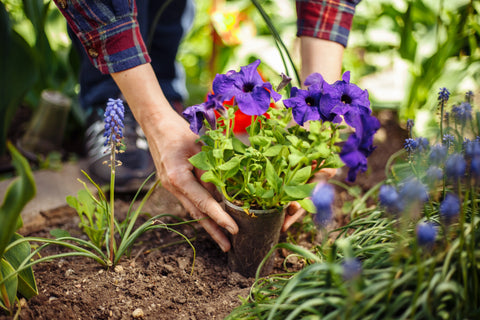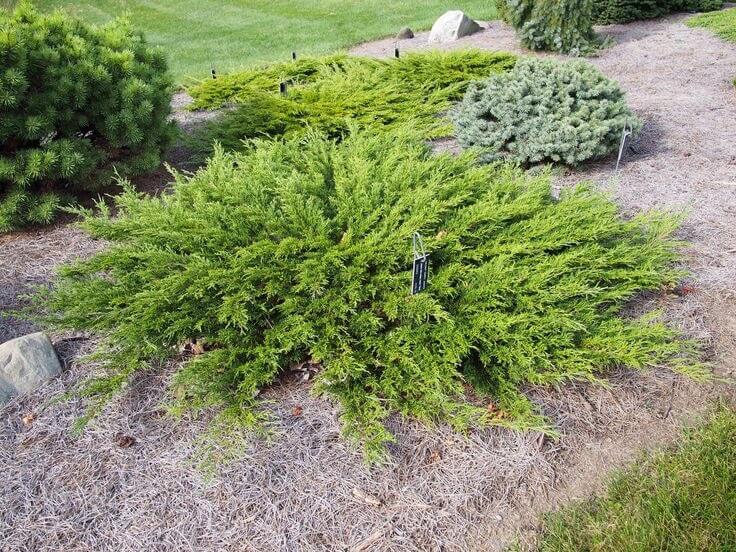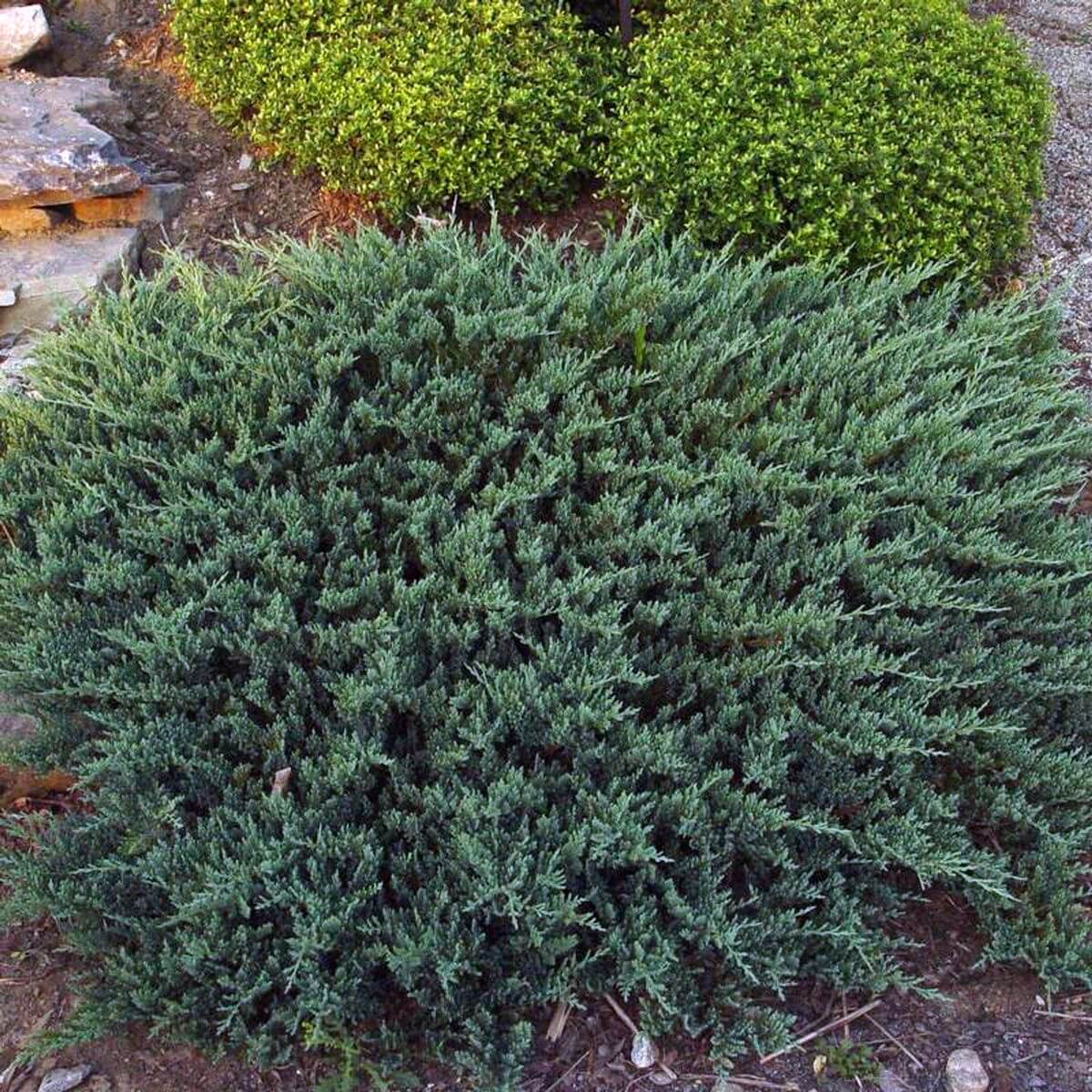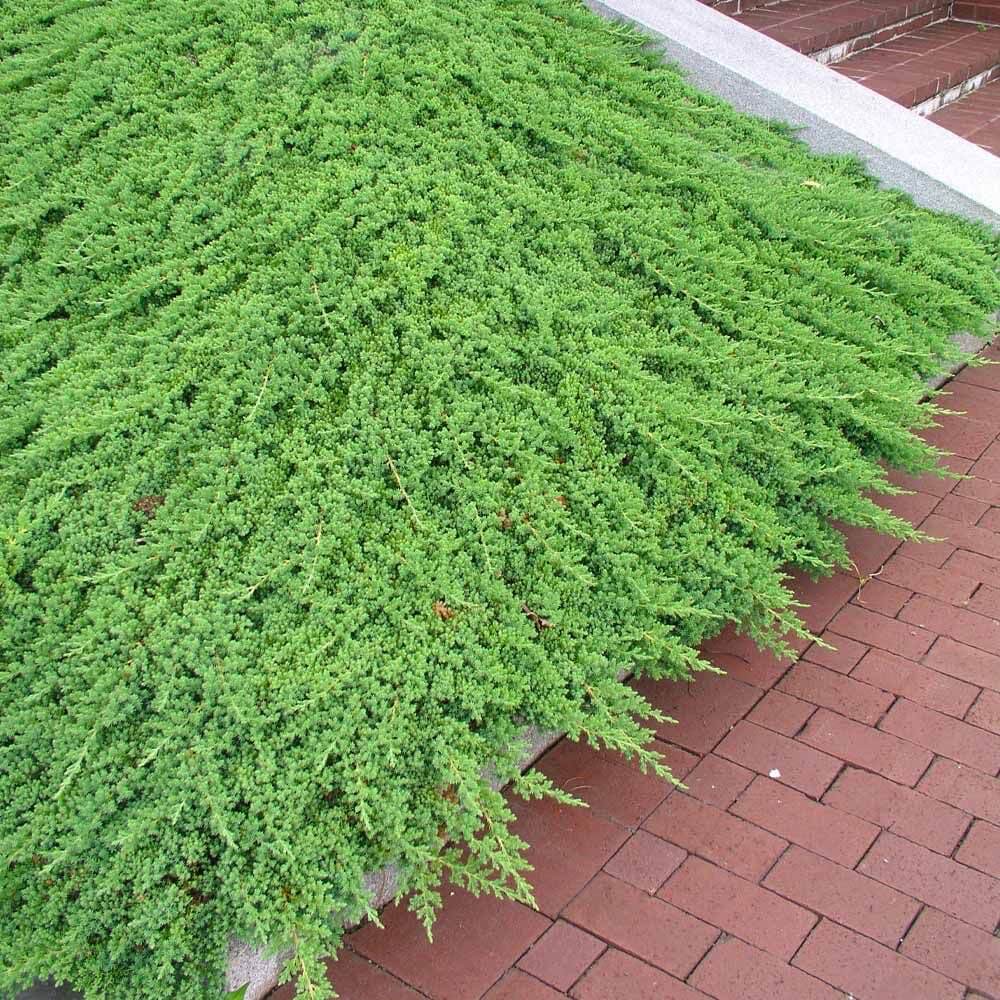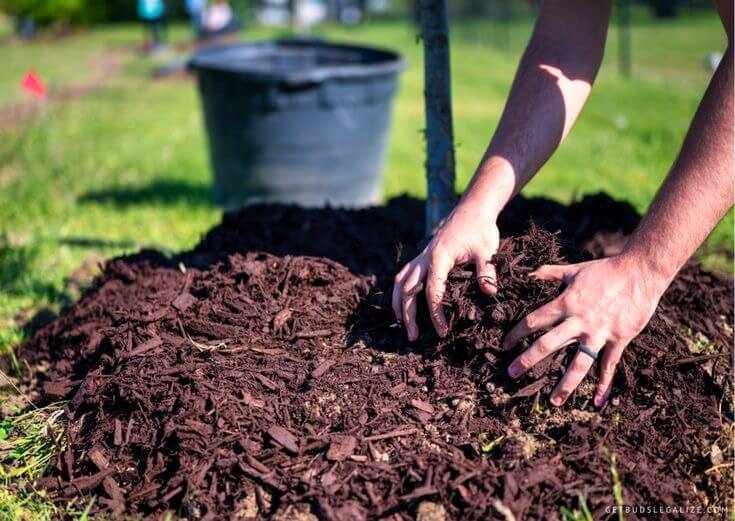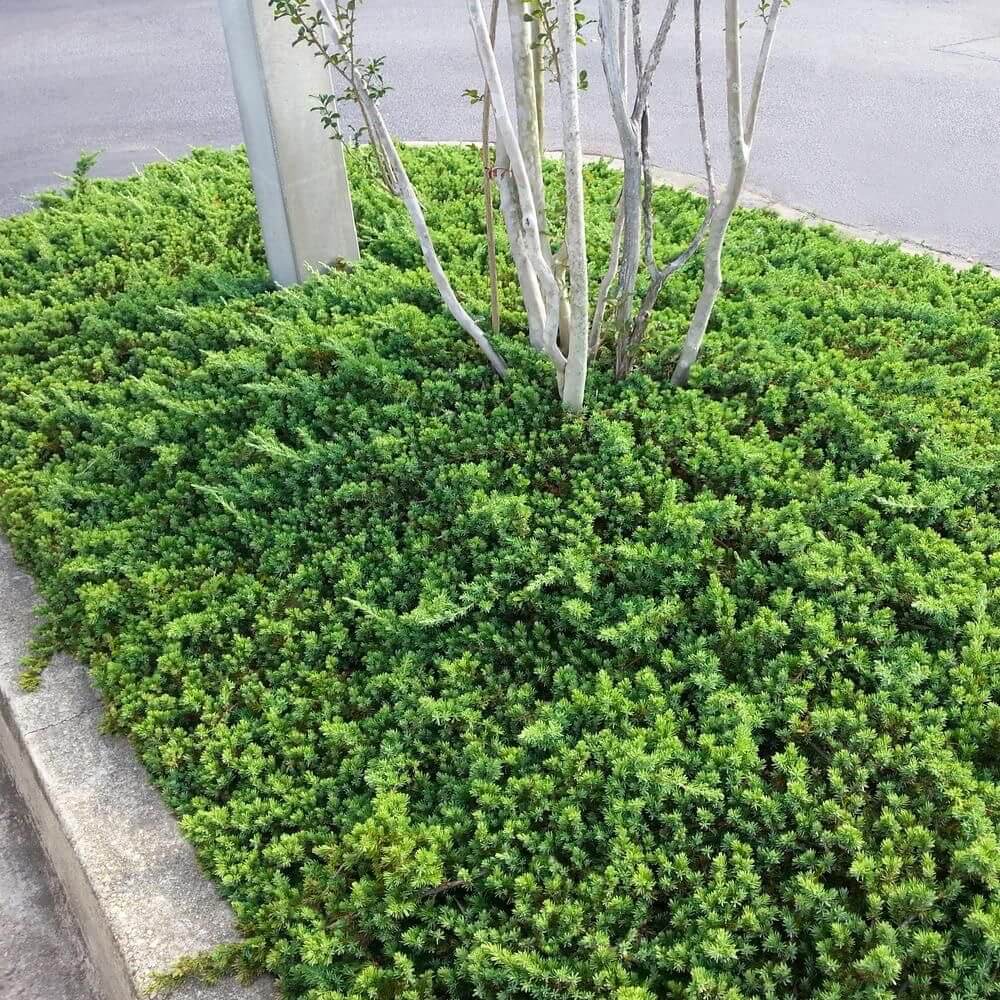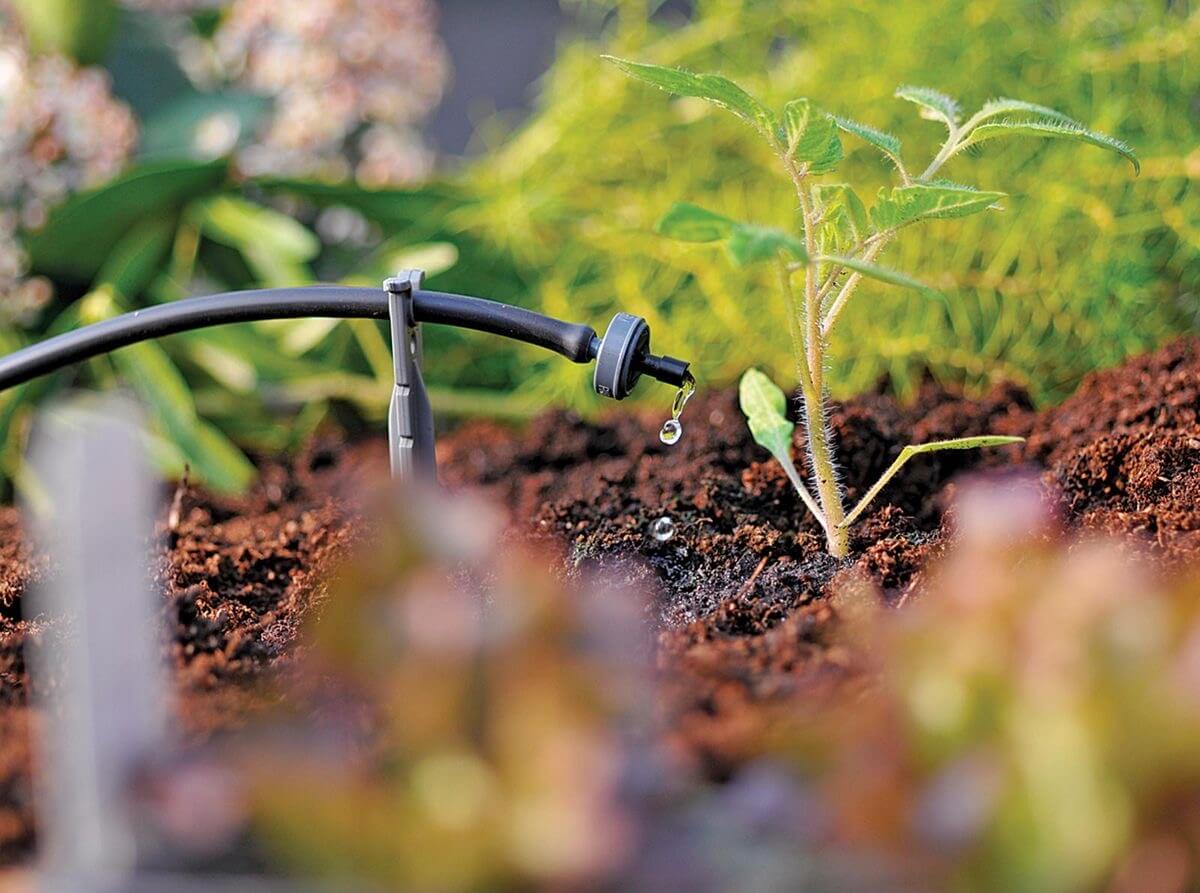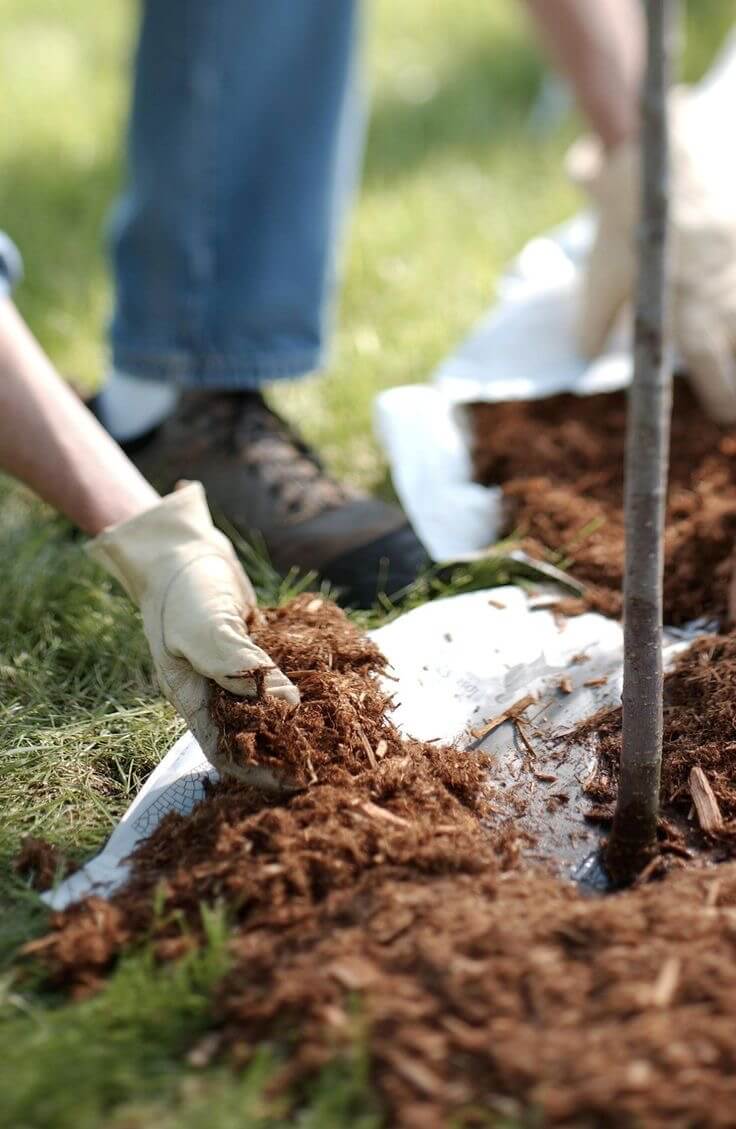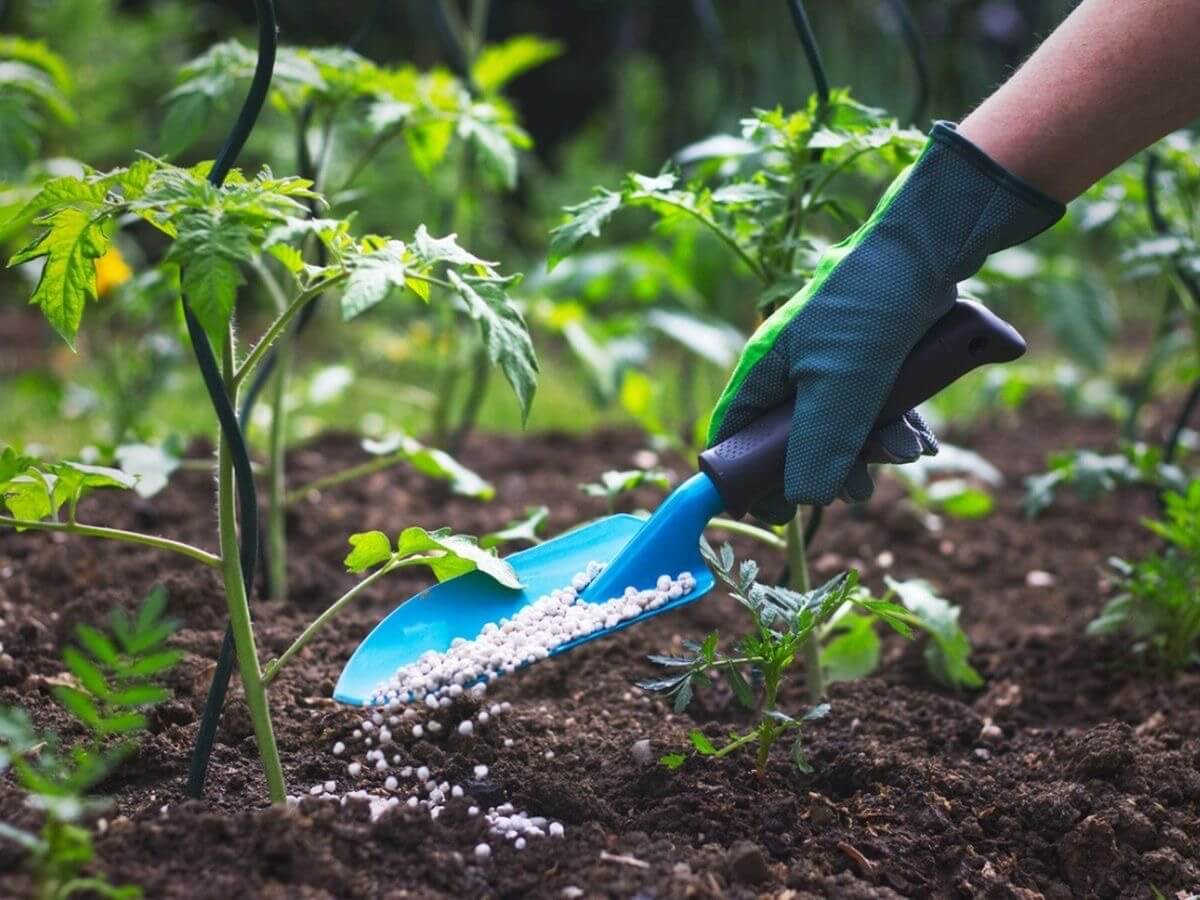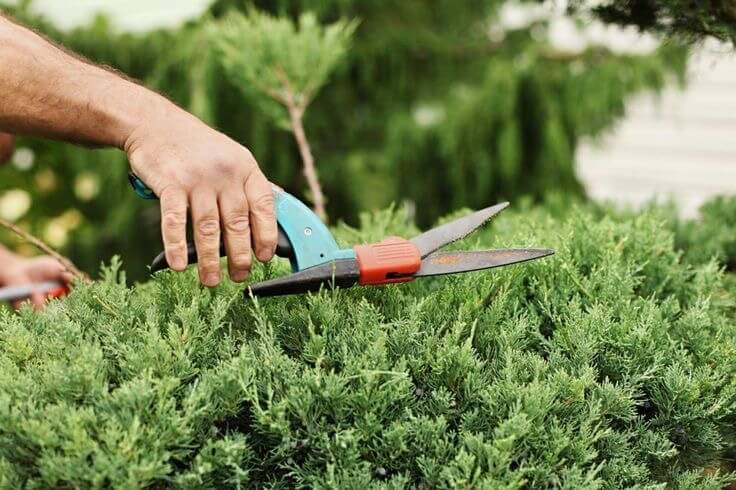Introduction to Creeping Junipers:
Creeping juniper is an evergreen and low growing perennial shrub belonging to the Cupressaceae family with the scientific name Juniperus horizontalis or blue rug juniper or creeping cedar. Grown in Canada, Alaska, and certain parts of the United States like in Maine, Montana, Minnesota, Massachusetts, New York, and Wyoming, this plant is low growing conifer with long tendril-like branches and yellowish green to blue green like needles. Grown best between April and May, the tree comes with white flowers and dark blue, spherical seeds that are actually cone-like. Recommended for the ground cover of landscapes or rock gardens, it does well in slopes, hilly areas or sand dunes.


